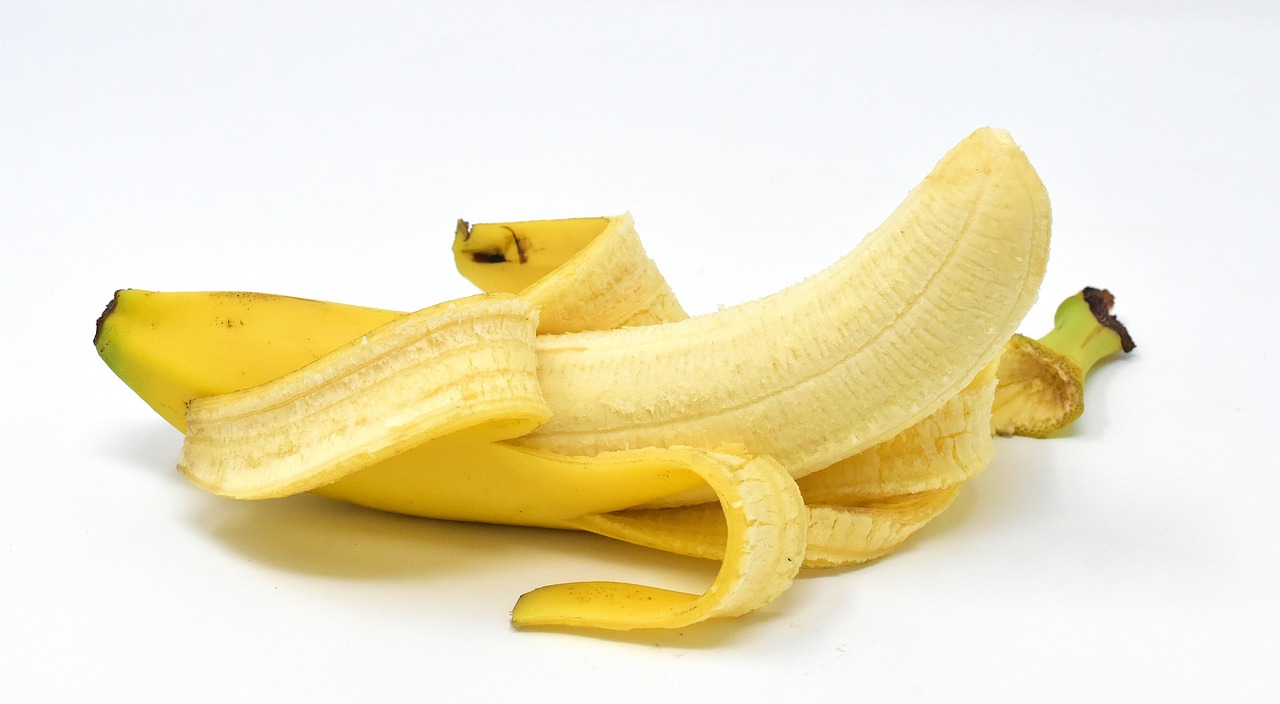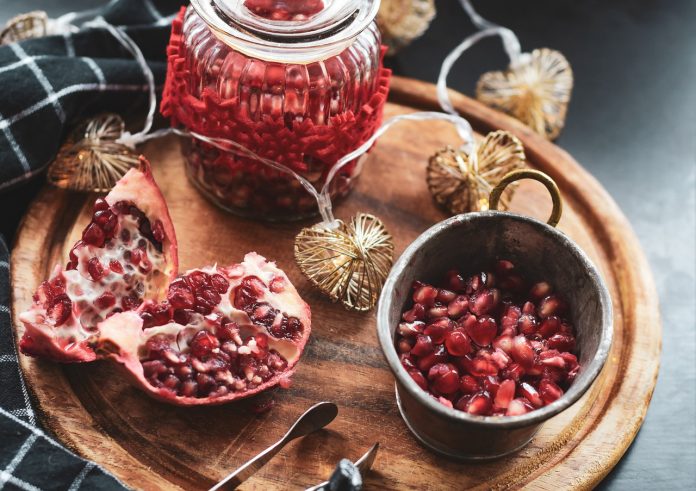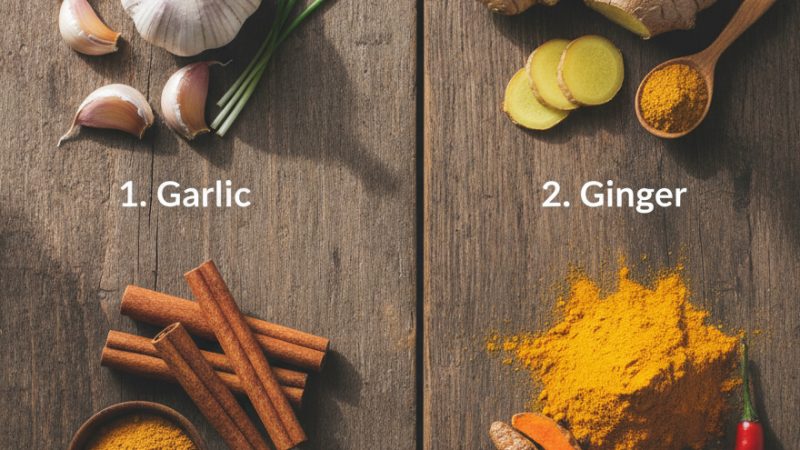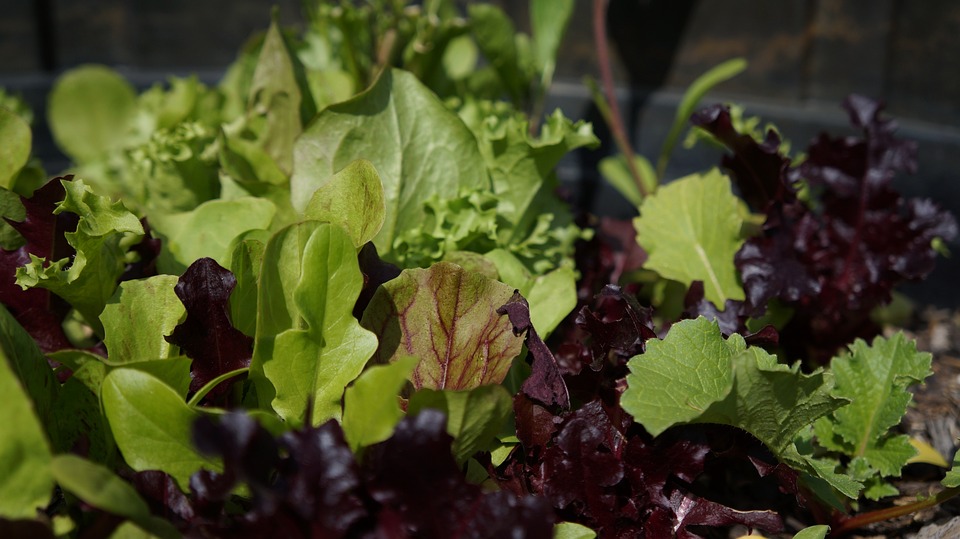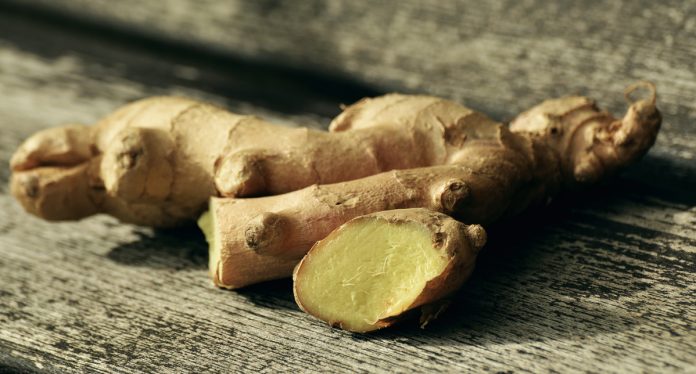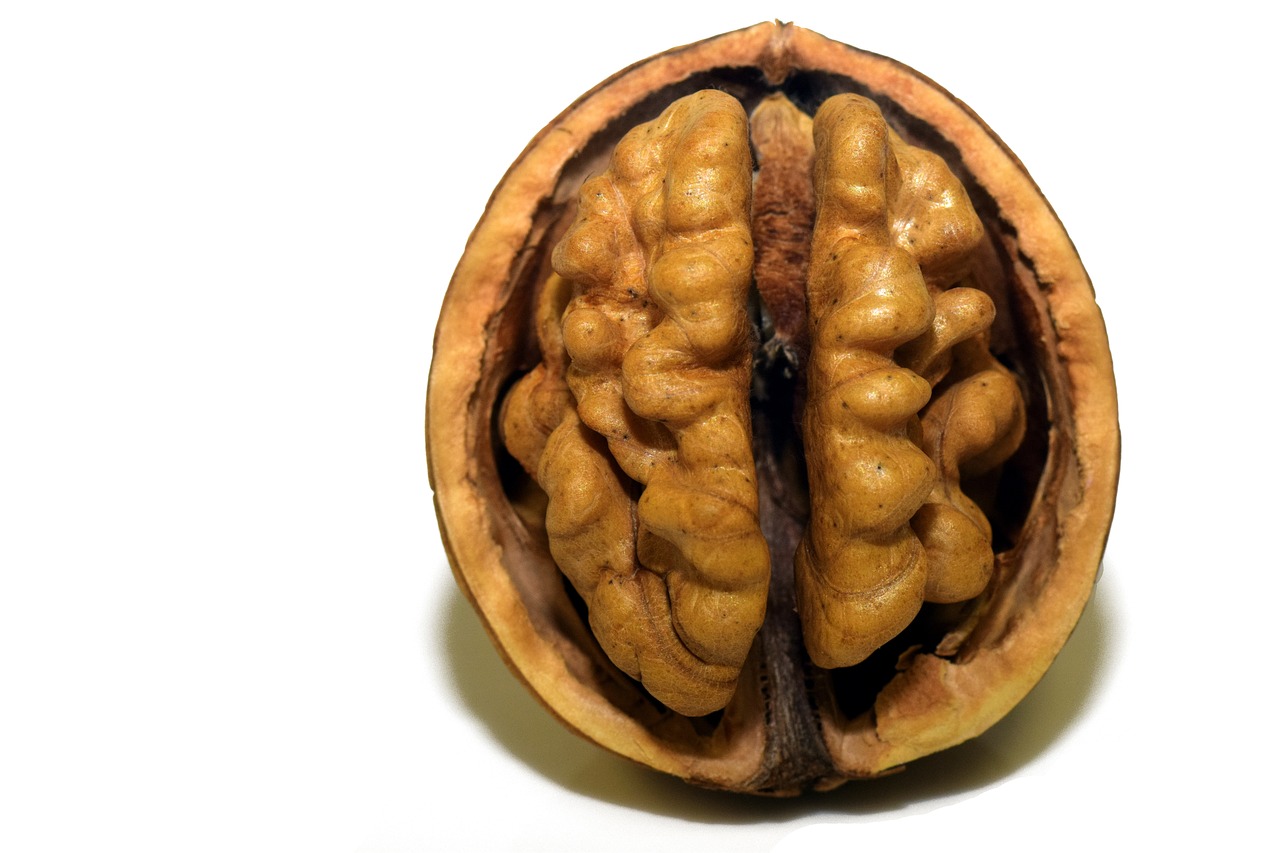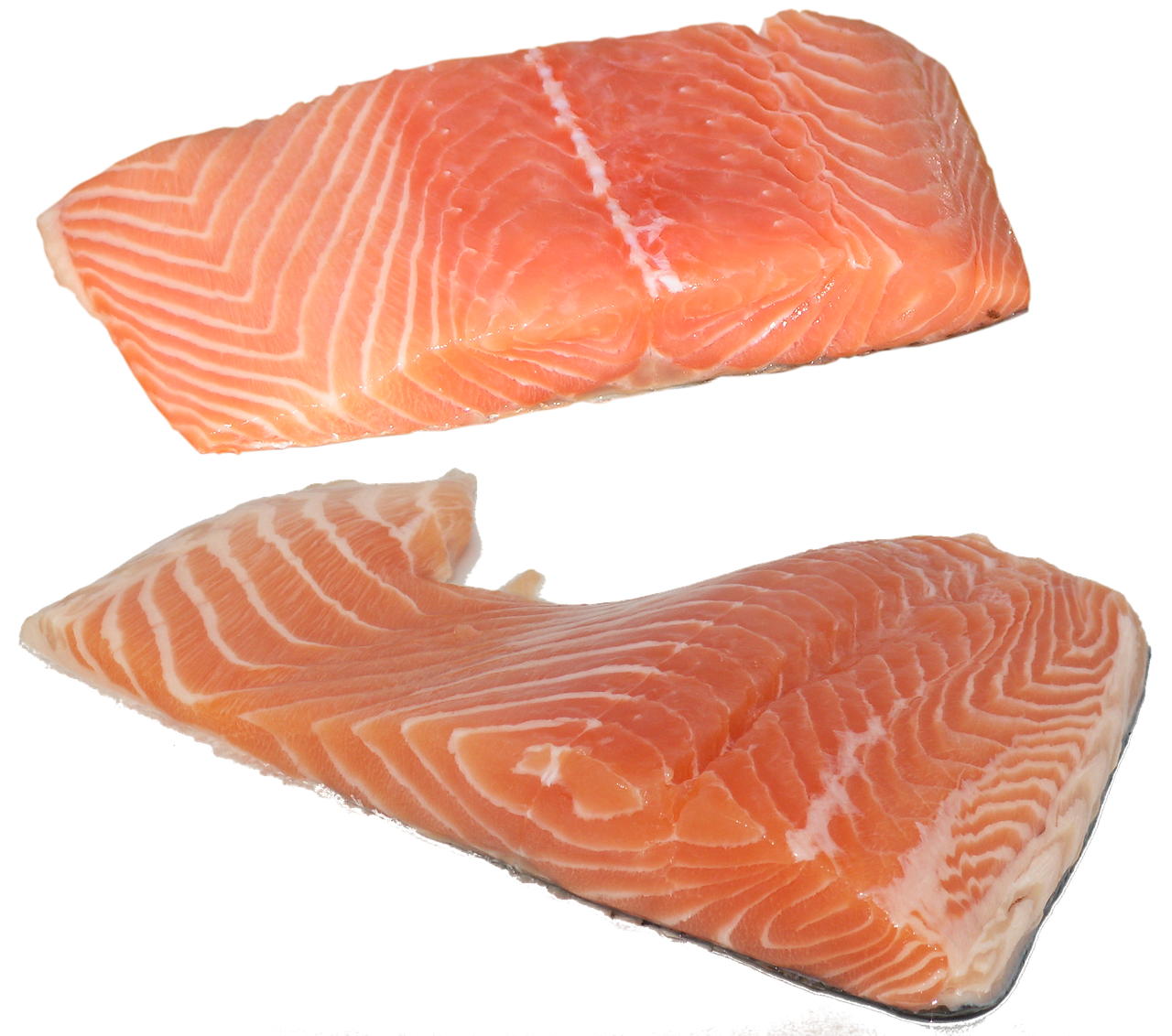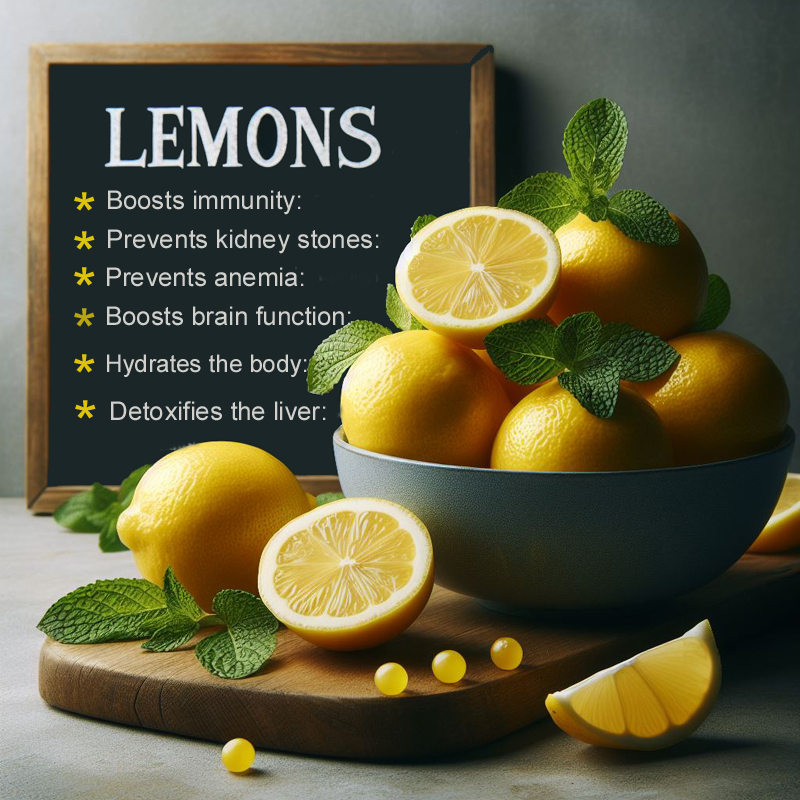How to Test for Pure Honey
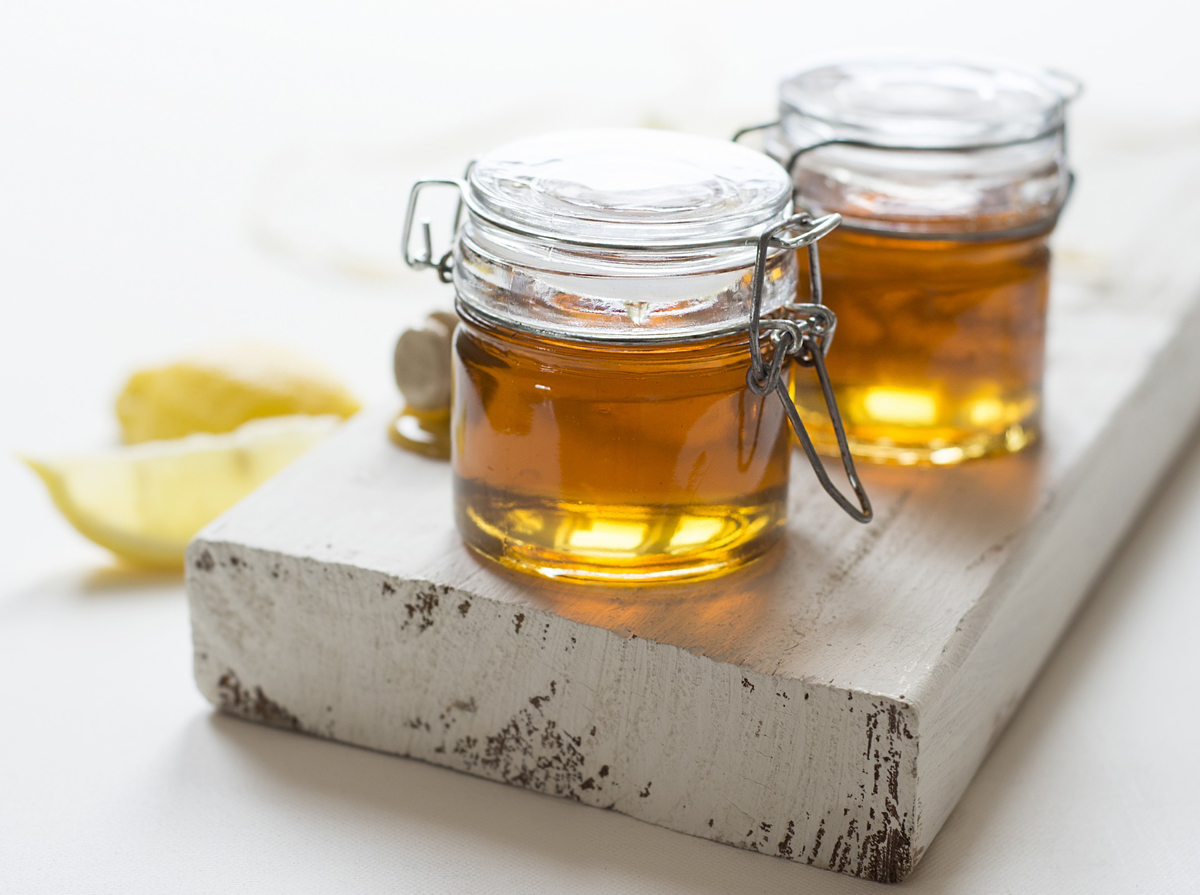
The term “adulterated honey” implies that the honey has been added glucose, dextrose, molasses, corn syrup, sugar syrup, invert sugar, flour, starch, or any other similar product, other than the floral nectar gathered, processed, and stored in the comb by honey bees. Legal standards and requirements for foods, including honey quality, and tests for honey adulteration vary widely amongst countries and some may not meet the wish of every consumer around the world.
Personally, when selecting honey in the shop, I think it’s almost impossible to tell the bad from the good by just looking at the honey content through the bottle or studying its food and nutrition labels. My take is always — go for the trusted or more known brands. We all know that a “pure honey” label doesn’t guarantee at all that it is not diluted with water and further sweetened with corn syrup; it just promises that there is real pure honey inside, with no suggestion of its amount.
The law does not require a “pure honey” label to say how much pure honey is in the bottle. Some honey brands you get from the supermarkets don’t carry any ingredients list and this is enough to make me feel suspicious of the quality. Also, prices are not always a good indication of quality honey. In food fraud cases, manufacturers can mix different honey floral blends and sell it as more expensive varieties such as Manuka honey. And so-called “local honey” may not be locally produced and processed local honey but cheap, low quality honey imported from other countries but bottled and distributed locally.
A common misconception is that granulated or crystallized honey is proof of adulteration with sugar water. The truth is honey is a supersaturated sugar solution and can granulate whether or not it has been adulterated, so crystallization is normal, especially in temperate climates. Furthermore, some honey from certain floral sources is especially prone to crystallization. Buying honey in the comb is one way to assure ourselves of a quality product. Comb honey is sealed in the hive by the bees; therefore consumers can be confident that the honey has not been adulterated with sugar water. However, to boost honey production, some irresponsible beekeepers feed their bees with sugar syrup so that the bees can convert the syrup to “honey”. What these bees produced is honey that is adulterated, very clear and runny, just like syrup.
Why You Need to Keep Honey and Cinnamon in Your Kitchen at All Times
Some websites teaches that ants don’t fancy pure honey and will not hover around it. I don’t quite understand or believe this, there’s no reason why ants would favor processed sugar over honey. Also, I was wondering how to invite the ants for a honey assessment (does “no ants” mean pure honey?). The reason why a sweet liquid is more attractive than another for the ants could also be due to the liquid density and we know that honey viscosity varies depending on its floral type. Another test that is commonly discussed over the internet is the flame test which involves lighting up a cotton bud dipped into the honey with a match-stick flame. It’s believed that the honey will burn if it’s pure. I have tried this method many times using different types of honey, some of which I was very sure they’re pure honey (e.g honeycomb honey), but the result I got was never consistent, and it seemed to depend very much on how much honey was dipped and how long the honey was exposed to the flame.
There’s another simple way which I have tried to verify the purity of honey: Observe how liquid honey comes down into a glass of water. Pure honey does not immediately dissolve in water; you will notice that it takes a bit of effort to stir it in the water to dissolve the lumpy bits, whereas sugar tends to dissolve easily in a jiggery as you drop them into the water. However, test result is sometimes not that clear because different honey varieties have different viscosity, some are denser and thicker than others, and obviously honey in cream form, even if it’s adulterated with other substance, will not dissolve as easy as liquid honey in water.
It is suggested that people who are used to tasting honey may be easier to detect any added sugar. But frankly, because there are just too many floral varieties and blends, and the amount of adulteration may not be sufficient to affect the taste and aroma of the honey, even though I frequently take honey, I am still not 100% certain about my suspicion sometimes.
Hence, it’s hard to be really absolutely sure about honey authenticity, unless from home you can perform scientific laboratory test like spectroscopy, a method that uses the principle of interaction of light with mater to differentiate substances or conduct carbon isotope ratios analysis to determine if sugars were added to the honey (don’t bother if these jargons sound totally bizarre; as a consumer, I am not familiar with them either). Nevertheless, from all the verification ways that are discussed above (labels, pouring, dissolving honey, etc) if you have reasons to suspect that the honey is diluted and corn syrup has been added, my stance is – stay away from those brands. Better to err on the side of caution than to be sorry…well, you most probably won’t fall sick by taking the adulterated honey, but you know adulteration with cheaper sugars brings down the natural value of the honey and this doesn’t help in justifying for the amount of money you pay.
The Author:
Ruth Tan runs the popular website Benefits of Honey which is an immensely rich, quality resource on honey and its benefits, and a plethora of health-related issues. Discover the amazing health benefits and all the positive spin-offs super-food honey can bring to your life and the lives of your loved ones at http://www.benefits-of-honey.com
Photo. Dagny Walter
Source: EA

